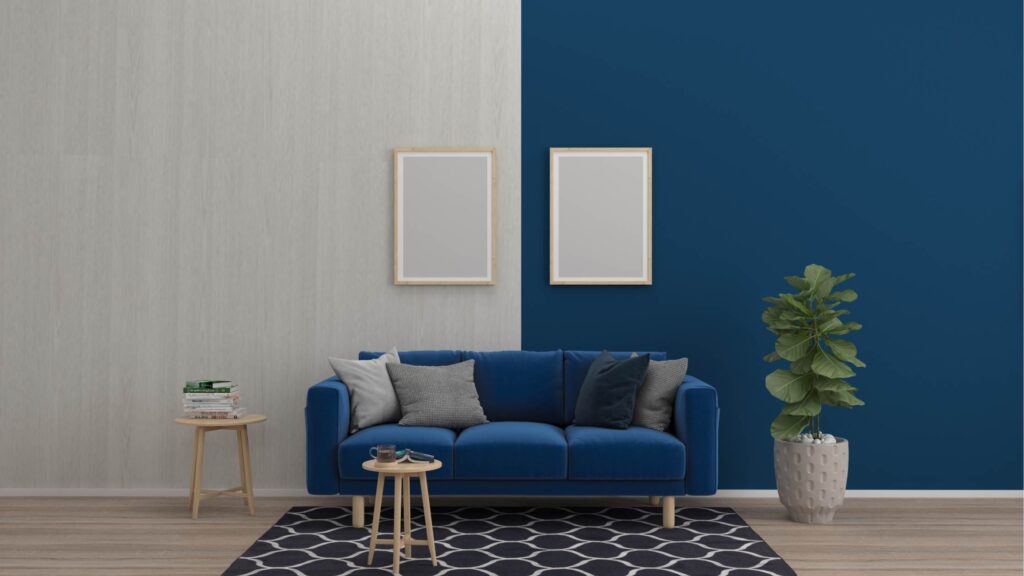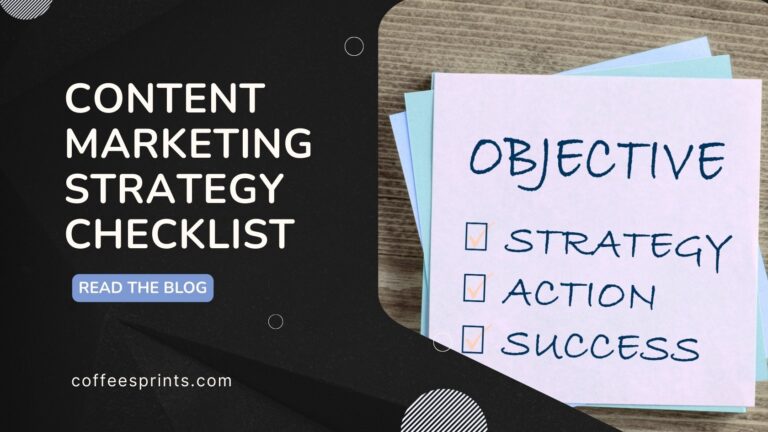How to Find High-Ticket Interior Design Clients: The Complete Guide
Landing high-ticket interior design clients isn’t just about having a stunning portfolio, though that certainly helps!
It’s about positioning yourself where affluent clients naturally look for premium interior services, building the right relationships, and creating an experience that justifies your pricing.
If you’re ready to move beyond $5,000 room makeovers and start landing $50,000+ full-home transformations, this guide will show you exactly how to attract and convert the clients who value exceptional design and have the budget to match.
I’ve divided this article into three parts based on the strategies. Let’s get started!
Part 1: Building Your Foundation for Premium Clients
1. Showcase Your Brand Like the Luxury Service You Are
Your brand is your first impression, and with high-ticket clients, you rarely get a second chance to make it count. Think about it—when someone’s investing thousands of dollars, if not more, in their home’s design, they’re not just buying your aesthetic eye. They’re buying into your entire brand experience.
Start with your website. Your portfolio should tell complete stories, not just show pretty rooms. Instead of a simple before-and-after gallery, create detailed case studies that walk visitors through your process.
For example, document a recent project from the initial client consultation through space planning, material selection, and final reveal. Include the challenges you solved—maybe you transformed a dark, cramped kitchen into an entertainer’s dream while working around structural limitations. You can showcase the transformations on social media to demonstrate authenticity and serve as social proof.
Don’t shy away from indicating investment ranges. You don’t need exact pricing, but phrases like “Full-home transformations typically begin at $$$$” help qualify serious inquiries.
This actually saves you time by deterring budget-conscious prospects while attracting clients who understand that quality comes at a premium.
Your visual identity matters more than you think. High-net-worth individuals are accustomed to polished, cohesive branding. Your logo, color palette, typography, and photography style should feel intentional and sophisticated. If your Instagram looks like a mood board explosion while your website feels corporate, you’re sending mixed signals about your attention to detail.
Consider creating a brand book or lookbook—a beautifully designed portfolio you can leave behind after consultations. This tangible reminder of your work often sits on coffee tables for weeks, keeping you top of mind during their decision process.
In case you want to get back to the basics and strategize your brand, here’s a step-by-step guide to creating a solid business plan.
2. Master Targeted Content & SEO to Attract Premium Searches
Here’s where most interior designers get it wrong: they optimize for volume instead of value. You don’t want 1,000 visitors looking for “budget decorating tips”—you want 50 visitors searching for “luxury interior designer for new construction” or “interior designer for $2M homes.”
Think like your ideal client and understand their searches. Affluent homeowners often use specific, location-based queries like “modern interior designer Scottsdale” or “luxury penthouse design Miami.” They’re also likely to search during specific life events: “interior designer for new construction,” “how to hire a designer for a custom home,” or “penthouse interior design services.”
Take the help of marketing & SEO tools that can narrow down your ideas/topics.
Create content around these high-intent keywords, but make it genuinely valuable. Instead of generic posts about “10 Living Room Ideas,” write detailed guides like “Investment Guide to Timeless vs. Trendy Design Choices for Luxury Homes” or “How to Plan Interior Design for a $3M Custom Build.”
Local SEO is your secret weapon. High-ticket clients often prefer working with local designers, particularly for extensive projects that require multiple site visits. Optimize for neighborhood-specific searches in affluent areas. If you’re in Dallas, create content around “Highland Park interior design” or “Preston Hollow luxury home design.”

Pinterest deserves special attention in your marketing strategy. Wealthy homeowners — especially women who often drive interior design decisions — spend significant time on Pinterest during home planning phases. But don’t just pin random beautiful rooms. Create boards that tell complete stories: “Entertaining Spaces That Wow,” “Luxury Primary Suite Retreats,” or “Investment-Worthy Kitchen Design.”
3. Show Up Where Premium Clients Naturally Gather
Networking for high-ticket clients isn’t about collecting business cards at generic business mixers. It’s about strategically placing yourself in environments where affluent individuals spend their time and money.
Networking indeed consumes a lot of your energy and time, but keep in mind that relationships beyond the surface are always built over time.
Think beyond traditional networking events. Yes, attend high-end real estate events and luxury home shows, but also consider art gallery openings, charity galas, and events at cultural institutions. The couple investing in original artwork for their walls is likely the same couple who’ll invest in custom interior design.
Private member clubs offer incredible networking opportunities if you can access them. Country clubs, business clubs like the Young Presidents’ Organization (YPO), and even exclusive fitness facilities are goldmines for connecting with high-net-worth individuals in relaxed settings.
Volunteer strategically. Join the design committee for your local museum or cultural center. Offer to help with charity auction design or event styling. These positions put you alongside other professionals who work with affluent clients while showcasing your expertise in action.
The key is consistency and authenticity. Don’t show up once with a stack of business cards. Build genuine relationships, contribute value to the community, and let your expertise speak for itself.
Part 2: Strategic Partnerships and Relationship Building

4. Build Strategic Partnerships That Pay Dividends
Continuing from previous point, think about who else works with affluent homeowners and how you can create mutually beneficial relationships. The fastest path to high-ticket clients often runs through other professionals who already serve your ideal demographic.
Real estate professionals are your best allies. Luxury real estate agents, especially those selling $1M+ properties, encounter buyers who’ll need interior design services. However, don’t just cold-call agents and ask for referrals. Offer value first.
Create a staging consultation service, provide pre-listing design advice, or offer to write area-specific design guides for their clients.
For example, partner with an agent to create a “New Construction Design Timeline” guide for their luxury home buyers. This positions both of you as experts while providing genuine value to shared prospects.
Custom builders and architects are goldmines for referrals. These professionals work with clients during the most design-intensive phase of homeownership. The key is building relationships early, before they need your services. Attend industry events, offer to guest speak about design trends, or create educational content they can share with their clients.
Don’t overlook lifestyle service providers. Private wealth managers, family office advisors, luxury travel planners, and even high-end personal assistants all work with individuals who value premium services. These professionals often field requests for trusted service recommendations.
5. Create Referral Systems That Work Automatically
High-ticket clients trust recommendations from their peers more than any advertising. But referrals don’t happen by accident—you need systems to encourage and reward them.
Make referring you ridiculously easy. Create referral packages that include your brand book, a simple explanation of your services, and perhaps a small gift card to a luxury home goods store. When past clients mention your work, they can easily share these materials with interested friends.
Reward referrals meaningfully. For high-ticket clients, a $50 gift card feels insulting. Instead, offer experiences: tickets to design showhouse tours, invitations to exclusive design events, or even a complimentary consultation for a future project.
Track and nurture your referral sources. Keep detailed records of who refers clients and what types of projects they send your way. This helps you identify your best referral sources and tailor your relationship-building efforts accordingly.
6. Leverage High-Touch Sales Processes
High-ticket sales require high-touch processes. Your wealthy prospects expect concierge-level service from the first interaction, not just after they’ve signed a contract.
Transform your consultation process. Instead of a simple meeting in their space, create an experience. Bring physical samples, create preliminary mood boards, and use 3D visualization tools to help them envision possibilities. One designer I know brings a curated selection of fabric samples, finish materials, and inspiration images in a beautiful presentation case—it’s like unwrapping a luxury gift.
Present proposals in person whenever possible. High-ticket clients want to see your passion for their project and gauge your communication style. A beautifully bound proposal presented over coffee in their home carries more weight than a PDF sent via email.
Create urgency through exclusivity, not discounts. Instead of offering early-bird pricing, mention your limited client capacity.
“I typically work with 8-10 full-home projects per year to ensure each client receives dedicated attention” positions scarcity as a feature, not a limitation.
Part 3: Advanced Strategies for Sustained Growth
7. Develop Your Signature Process and Premium Positioning
High-ticket clients aren’t just buying design services—they’re buying a transformation experience. Package your services as a complete journey, not individual tasks.
Create a signature methodology. Maybe it’s your “Complete Home Transformation System” or “Luxury Lifestyle Design Process.” Whatever you call it, clearly define the steps, deliverables, and timeline. This helps justify your premium pricing while setting clear expectations.
For example, your signature process might include: Discovery & Lifestyle Analysis → Space Planning & Flow Optimization → Material & Finish Selection → Custom Furnishing Curation → White-Glove Installation & Styling. Each phase has specific deliverables and client touchpoints.
Offer different service tiers strategically. Not every high-net-worth client needs a full-home transformation. Create packages for different needs: “Complete Home” for new construction, “Primary Suite Retreat” for empty nesters, or “Entertaining Spaces” for social butterflies. This allows clients to start with a smaller investment and expand later.
Include concierge-level services. Wealthy clients value time above almost everything else. Offer services like furniture receiving and coordination, installation management, and even seasonal design updates. These add-ons increase project value while providing genuine convenience.
8. Use Events and Content to Build Authority
Position yourself as the go-to expert in luxury interior design through strategic content creation and event hosting.
Host exclusive experiences. Instead of hosting open houses, consider creating invite-only events for past clients and their networks. Host seasonal entertaining workshops, private showhouse tours, or design trend presentations. These events reinforce your expertise while providing natural networking opportunities.
Seek speaking opportunities. Present at luxury home shows, real estate conferences, or women’s business organizations. Topics like “Investment-Worthy Design Trends” or “How to Work Effectively with Your Interior Designer” position you as an expert while attracting potential clients.
Create thought leadership content. Write about topics that matter to affluent homeowners: integrating smart home technology seamlessly, designing for multi-generational living, or creating spaces that retain value over time. This content helps with SEO while demonstrating your expertise beyond aesthetics. Alternatively, you can create Live Webinars or YouTube videos around the same.
For instance, the above video or similar formats from AD are something that should also be part of your marketing strategy.
9. Use Targeted Advertising Strategically
Paid advertising for high-ticket services requires precision over volume. You’re not trying to reach everyone—you’re trying to reach the right people at the right time.
Facebook and Instagram retargeting work beautifully for interior design services. Someone who spent time browsing your portfolio pages is much more likely to convert than a cold prospect. Create custom audiences based on website behavior and serve them beautiful project showcases or client testimonials.
LinkedIn advertising can be incredibly effective for reaching real estate developers, architects, and other B2B referral sources. Target job titles like “Real Estate Developer,” “Custom Home Builder,” or “Architect” in your geographic area.
Google Ads should focus on high-intent keywords with geographic modifiers. “Interior designer for luxury homes [your city]” or “custom home interior design services [your area]” capture people actively searching for your services.
10. Build Long-Term Client Relationships
High-ticket clients often become repeat clients and referral sources if you nurture the relationship beyond project completion.
Create ongoing touchpoints. Send seasonal design tips, invite past clients to events, or offer annual design check-ins. Stay visible without being pushy.
Develop maintenance and update packages. Wealthy homeowners often want to refresh spaces seasonally or for special events. Offer services like holiday decorating, seasonal styling updates, or entertaining space preparation.
Think generationally. Today’s client might refer their adult children, recommend you to friends, or hire you for vacation homes. Every high-ticket client relationship has the potential to generate multiple projects over time.
I hope this information helps you establish a strategic direction to find the right clients for your interior business. Remember, clients are out there, and they’re actively seeking interior designers who understand their lifestyle and can deliver the experience they expect.
Your job is to make sure they find you first.






